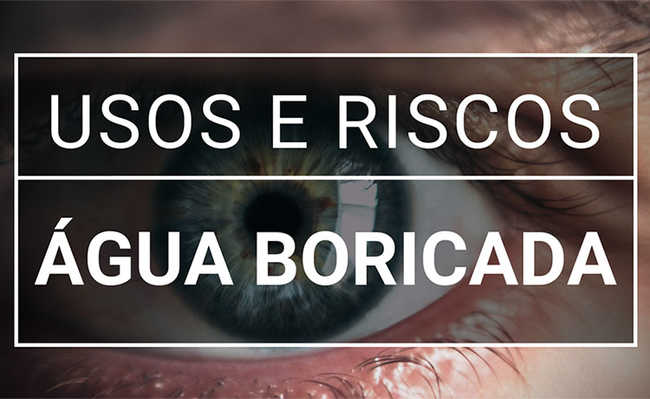Erysipelas: what is it, treatment and symptoms
Erysipelas is an infection caused by bacteria that causes inflamed and painful wounds in the body.

Unsplash image of Claudia Wolff
Erysipelas is an acute infectious disease characterized by inflammation of the surface layer of the skin. It causes red, inflamed and painful sores and develops mainly on the legs, face or arms. Erysipelas is caused by a bacterium, usually streptococci, which comes into contact with the skin through an injury (boil, chilblain, ringworm or even mosquito bite), spreads through lymphatic vessels, reaches the subcutaneous and fatty tissue , making room for infection.
People with circulatory problems in the lower limbs and obese diabetics are the biggest victims of erysipelas, although people of all ages are subject to it. Erysipelas is not contagious, but the bacteria that causes it, called Streptococcus pyogenesIt can also cause a more severe form of the disease, bullous erysipelas, which causes deeper blisters on the skin.
Symptoms of erysipelas
Symptoms of erysipelas usually appear suddenly and can last up to eight days. In the region affected by erysipelas, initially, the skin is hot, red, shiny and slightly swollen. Over time, it changes to greater swelling, leaving the area painful and, in some cases, blisters or sores appear on the skin, a sign of tissue necrosis. The most common symptoms of erysipelas are:
- High fever and chills;
- Headache;
- Nausea and vomiting;
- Red, inflamed and painful sores on the skin;
- Burning sensation in the affected region;
- Red spots with raised edges.
Faced with these symptoms, seek medical help immediately so that the disease can be identified and treated, avoiding complications — untreated cases of erysipelas can progress to thrombosis, elephantiasis, lymphedema or more serious infections. Do not self-medicate and try to find the most suitable treatment for your case.
How to prevent erysipelas
The best way to prevent the development of erysipelas is to properly treat the skin wounds and keep them protected so that they cannot be infected by the bacteria that cause the disease. Follow some recommendations:
- When washing your feet, dry well between your toes to avoid chilblains, which are gateways for bacteria;
- Try to keep your body weight within recommended limits;
- Protect any wounds with bandages, especially on the lower limbs;
- After suffering an injury, wash the area with water;
- Use foot moisturizer to prevent skin dryness;
- Treat any skin conditions you have;
- Avoid tight shoes to avoid blisters;
- Change your socks every day and prefer cotton ones.
Erysipelas treatment
It is through the clinical examination that the doctor or doctor makes the diagnosis of erysipelas. The faster the treatment is started, the lesser the chances of complications. In the initial phase of the disease, oral antibiotics, rest and avoiding elevation of the affected limb for at least two weeks are usually sufficient for the regression of the infectious process, if the person is in favorable physical conditions.
As erysipelas may resurface, the use of antibiotics needs to be more extensive in some cases. Alcohol consumption should be cut during treatment, as the substance intensifies the condition. Drinking plenty of fluids and maintaining a healthier diet is also essential.
Diabetic patients, patients with cardiac pathologies or who have renal failure need to receive more specific care. Elderly people and children should pay extra attention to recovery, as these people's immunity is generally lower.
Faced with any kind of wound, stain or injury, be sure to consult a professional. Only he will be able to correctly assess your case and indicate the most appropriate treatment. Strictly follow the prescribed treatment to avoid recurrent erysipelas attacks. As already mentioned, if the correct treatment is not done, erysipelas can have serious consequences.










